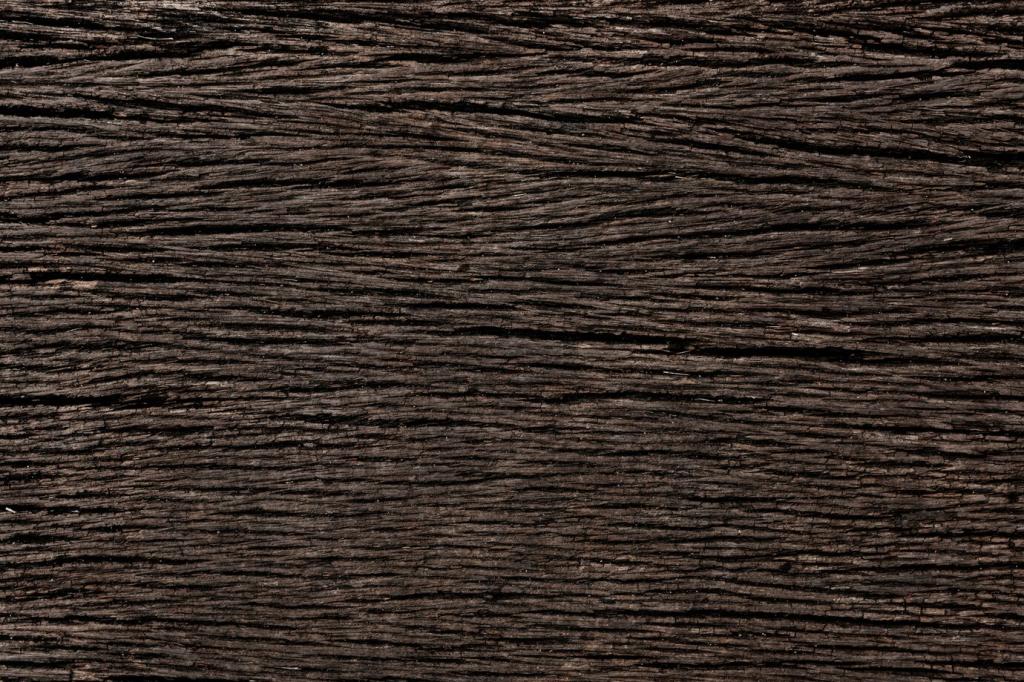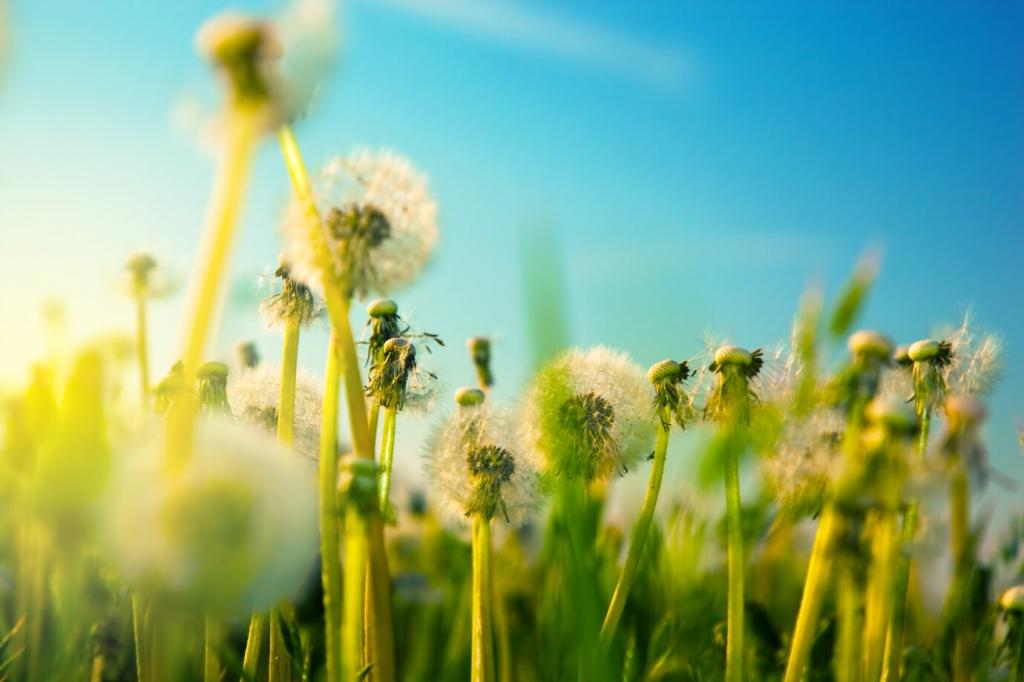Editing Tips for Nature Macro Photography
Theme selected: Editing Tips for Nature Macro Photography. Step into a world where a raindrop becomes a galaxy and a petal turns into a painted landscape. Here you’ll learn practical, artful ways to refine tiny details, guide the viewer’s eye, and keep your edits honest, luminous, and alive. Subscribe for weekly macro editing recipes, before‑and‑after breakdowns, and friendly prompts that help you practice with purpose.
Start With RAW and a Clean Workflow
Set Your Baseline in the RAW Converter
Begin with exposure and white balance before anything else, protecting highlights on reflective beetle shells and dew. Choose a neutral camera profile, nudge contrast gently, and use lens corrections to tame vignetting. Establish a reliable starting point you can copy across similar macro sessions and refine later.
Consistent Naming and Versioning
Name files by species or subject, date, and location, then add suffixes for editing milestones. This makes it painless to compare versions when you test sharpening or color strategies. When you revisit a breathtaking ladybug portrait, you will know exactly how you achieved that luminous finish.
Calibrate Your Monitor for True Color
Macro subjects often have subtle hues—mossy greens, iridescent blues—that shift if your screen lies. Calibrate monthly, use a neutral viewing environment, and tag exports with correct color profiles. Your edits will translate consistently for print, web, and competitions, preventing surprises and saving precious detail.
White Balance and Color Harmony in the Micro World
Neutralize First, Then Reintroduce Mood
Set a neutral baseline by referencing a gray card or a known neutral in the frame, like a pale stem. Once balanced, gently warm to evoke sunrise or cool to heighten misty calm. This two‑step approach keeps whites clean while preserving the atmosphere you felt in the field.
HSL for Petal and Insect Nuance
Use HSL channels to separate neighboring hues without global shifts. Target yellows to reveal pollen detail, temper over‑saturated reds on poppy petals, or nudge aquas to clarify dragonfly wings. Small, localized moves maintain realism while unlocking micro color relationships that draw the viewer deeper.
Avoid Radioactive Greens and Plastic Skies
Nature macro can break under aggressive saturation. Keep greens slightly restrained, especially in blurry backgrounds, and monitor skin‑like tones on caterpillars or moths. A gentle vibrance increase paired with selective saturation in key hues preserves natural balance and steers clear of uncanny colors.

Focus Stacking: From Capture to Seamless Blend
Lock down your tripod, use focus rails if possible, and keep lighting consistent. Advance focus in tiny, overlapping increments across the subject, not the background. Avoid movement by choosing calm mornings. Good capture technique simplifies blending and avoids ghosting on fine hairs and filaments.
Auto‑align layers, then try depth‑map blending before pyramid methods if edges shimmer. Inspect antennae and compound eyes at high magnification. When in doubt, blend fewer frames and prioritize clean transitions over maximal sharpness. The best stacks feel effortless, not stitched.
After stacking, paint on layer masks to smooth merge lines and restore soft bokeh. Clone subtly to fix stitching artifacts along legs or leaf serrations. An anecdote: a dew‑draped damselfly came alive only after a few careful brush strokes softened a harsh transition behind the thorax.
Background Cleanup and Distraction Control
Remove sensor dust, stray highlights, and bright sticks that slice the frame. Keep patterns believable by sampling nearby texture, and vary brush hardness to merge edges. If a fix draws attention, undo and try a subtler blend. Authenticity should always anchor your edits.
Local Adjustments That Tell a Story
Paint subtle dodge on key textures and burn around competing highlights. A soft, feathered brush creates believable transitions. Think in arcs and diagonals to reinforce composition lines that already exist in stems and veins, keeping the attention where it matters most.
Local Adjustments That Tell a Story
Use texture and clarity selectively on micro surfaces like chitin patterns or pollen grains. Avoid applying globally, which can harden gentle bokeh and petals. Mask precisely and adjust opacity to maintain a tactile, touchable feeling without tipping into gritty overprocessing.


